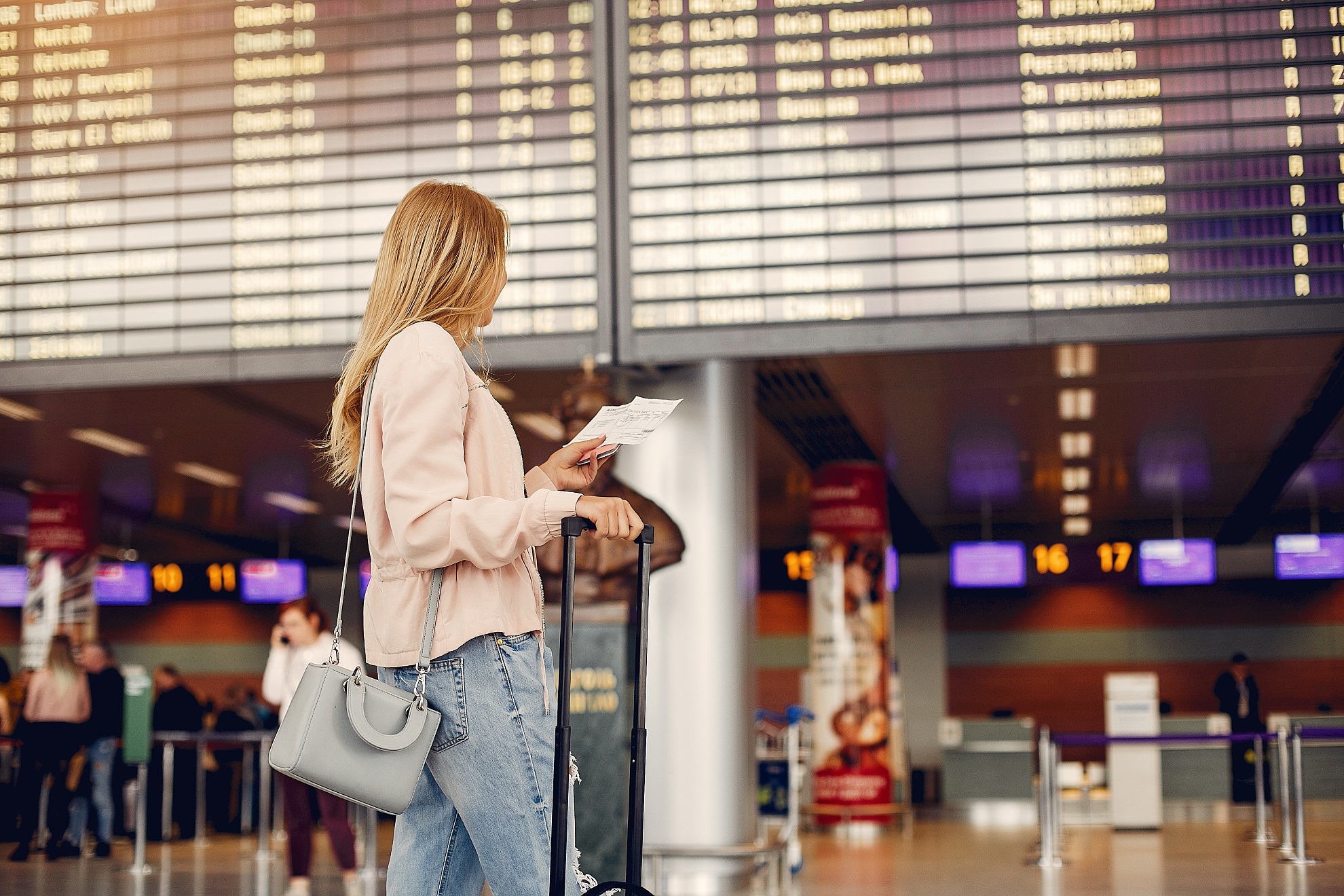
Experts Warn of Further Delays and Cost Overruns for Melbourne Airport Rail Project
Despite Prime Minister Anthony Albanese’s assertion that the Melbourne Airport rail project is a “done deal,” experts warn it is unlikely to be completed by 2033 or within the current budget due to engineering shortages and unresolved planning issues.
Originally estimated to cost up to $13 billion in 2018, the project currently has $12 billion in funding—$7 billion from the Commonwealth and $5 billion from the state government. However, Monash University transport expert Professor Graham Currie predicts the costs will continue to rise, citing high demand at Melbourne Airport. The airport saw 35 million passengers in 2023-24, with projections reaching 76 million by 2042.
“The airport already struggles with traffic demand,” Currie told the Australian Financial Review. “We’re maxed out on car parks and freeway capacity. The rail link will enable the airport to grow, so it’s great news for Victorian business and the economy. But I would have low expectations of that 2033 date and cost estimate being reached because there’s a lot to do, and we’re low on engineers – they’re all working on the Big Build.”
Political and Planning Challenges
Victorian Public Transport Minister Gabrielle Williams refused to confirm the project's final timeline or budget, saying those details would be determined through a newly signed memorandum of understanding (MOU) between the state government, Commonwealth, and Melbourne Airport.
Federal Infrastructure Minister Catherine King emphasized that the parties work “in good faith” to resolve long-standing disputes. A mediator was appointed in November 2023, leading to Melbourne Airport agreeing in July 2023 to an above-ground station—a key point of contention.
Melbourne Airport CEO Lorie Argus welcomed the MOU, stating it formalized the airport’s earlier compromise and was essential for transforming the terminal into a “world-class” airport.
The project involves constructing 12 kilometres of new rail track from Melbourne Airport to Sunshine Station, where trains will connect to the Metro Tunnel, providing a 30-minute journey to the CBD. Last month, the federal government committed an additional $2 billion for upgrades to Sunshine Station, following calls from Victorian Deputy Premier Ben Carroll to accelerate the project after Labor’s poor performance in the Werribee state byelection.
Impact on Melbourne’s Accommodation Sector
The airport rail link is expected to significantly impact Melbourne’s accommodation sector, particularly furnished apartments catering to business travelers and tourists. With improved transport connectivity, short—and long-term corporate housing providers anticipate increased demand from visitors seeking convenient and fully serviced apartments near transport hubs.
Melbourne’s reputation as a business and tourism destination is closely tied to infrastructure development, and furnished apartment operators near key railway stations, such as Southern Cross and Sunshine Station, stand to benefit from the project. The enhanced airport connection will make long-term stays in Melbourne’s furnished apartments more attractive to international business travellers, event attendees, and relocating professionals.
Airport Rail vs. Suburban Rail Loop
Criticism has been directed at the Victorian government’s priorities, with Opposition major projects spokesman Evan Mulholland arguing that Melbourne Airport Rail should take precedence over the $34.5 billion Suburban Rail Loop East (SRL East).
“Unlike Labor’s toxic SRL East, an airport rail link benefits the entire state and will play an important role in making Victoria an attractive destination for interstate and international visitors,” Mulholland said.
Premier Jacinta Allan acknowledged that several commercial matters—including station design, land acquisition, and airport operations during construction—still need to be resolved but did not provide a specific timeline for completion.
Mulholland criticized Allan’s lack of urgency: “Their ‘full steam ahead’ is just hot air without a timeline.”